Workplace diversity is not just a sound byte friendly buzzphrase, it also has the potential to transform business culture and improve opportunities across multiple sectors. Many of the obstacles to workplace diversity are the result of unconscious bias or entrenched attitudes that may require proactive and focused efforts to shift. The recruitment process is the first stage at which some simple changes can be made to improve workplace diversity.
Encourage ethnic diversity in the workplace
Did you know that 11% of working age people are from ethnic minorities in the UK. At the same time, 15% of pupils in primary school education are from an ethnic minority background. Employers who can embrace this and recognize the benefits of an ethnically diverse workforce will end up with a greater range of skills in-house. During the recruitment process, it is a good idea to make it clear that all candidates will be considered equally regardless of race, gender, age, sexual orientation and other personal attributes. This is also a perfect opportunity to inform candidates of your policies about equality and anti-racism, so that all candidates can apply confidently knowing that they will be able to work from a safe and accepting environment should they be accepted.
Tackle the issue of unconscious bias
Unconscious bias is a serious obstacle to a more diverse workplace and can have a particularly devastating impact during the recruitment process. It could mean that the CVs or candidates that make it through the recruitment stages are increasingly similar, both to the employees who already work for the business and to the others who are successful in the recruitment process. There are a number of different ways to tackle unconscious bias in recruitment, including removing all personally identifiable data, such as name, education or gender, from a CV before it gets to a decision making stage.
Remove gender barriers through language
Studies have shown that the way you advertise job roles can impact the pool of candidates that apply for this position. For example, some language has been show to dissuade women from applying. Certain words with male connotations can alienate women and so changing this language, for example using words like “develop” instead of “manage or “create” instead of “build” could make the position seem more appealing to both male and female candidates alike. Something as simple as removing male/female language bias is an effective way to break gender barriers within your organisation and encourage candidates of both genders to apply equally for advertised roles.
Set an example of diversity
At the same time as communicating diversity through written content, your recruitment team, and those interviewing candidates, should also present as a diverse and inclusive group where possible to demonstrate how your company takes diversity seriously. It might be that the top level management of your company is diverse already, but if it happens that this is not the case, then there are other ways to show that your organisation is inclusive, and promotes equal opportunities at all times. For example including both men and women, of different ages and background within your interview panel is a strong way to represent face-to-face to candidates how you operate internally as a company and encourage diversity within the workplace.
At 2i Recruit we help employers to get the most from investment in recruitment, to attract a more diverse range of talent so that you always have access to the best candidates. Give us a call today on 01483 414719 for more information.
Contact 2i Recruit


